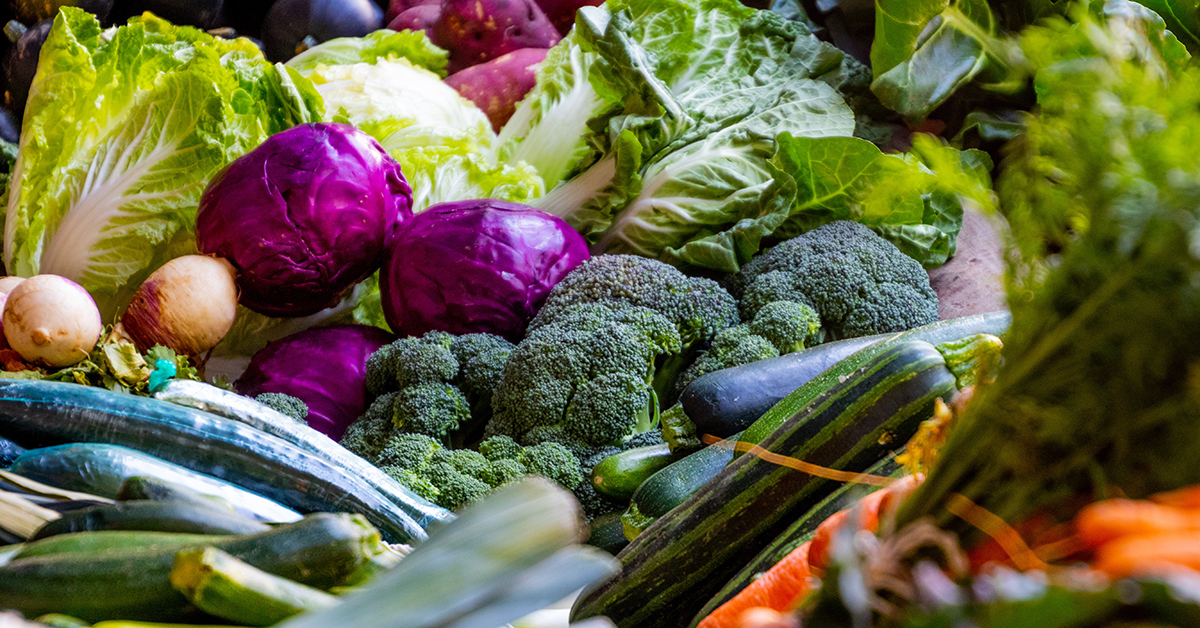TTUHSC researcher explains the dangers of jumping into a diet trend in the new year

At the start of the year, it can be customary to re-focus on health and wellness through resolutions. While 2021 might not have the same diet-centric marketing inundation as years past, there are still plenty of companies and influencers trying to pull people into their so-called healthy-lifestyle circles.
“It is a wonderful time to adopt and implement new healthy changes and habits, as people are often motivated this time of year to do so,” Christine Garner, Ph.D., a TTUHSC assistant professor in the department of pediatrics and researcher at the InfantRisk Center, said. “Unfortunately, the desire to make these healthy changes can also make people fall prey to fad diets.”

Garner defined a fad diet as a food or diet plan which is advertised as the “best” or “fastest” way to lose weight or burn fat. Fad diets often eliminate certain foods or entire food groups which contain important nutrients bodies need to be healthy. Some diets blame particular hormones or specific foods or even claim to change basic body chemistry.
“All fad diets have one thing in common – they offer a temporary solution to what, for many people, is a chronic or even lifelong problem,” Garner said. “Once a fad diet is stopped, any weight that was lost is usually regained quickly. These diets are just not sustainable for a lifetime and do not promote healthy eating habits.”
Garner listed ways to spot a fad diet:
- The diet promises rapid weight loss.
- There are rigid food plans.
- The diet eliminates one or more entire food groups.
- Recommendations are based on a single study or non-peer reviewed sources.
- The diet ignores differences among individuals or groups.
- The diet suggests that exercise is not needed.
- Results of the diet sound too good to be true.
Rather than starting fad “diets,” Garner said it’s best to focus on sustainable lifestyle changes which can be maintained over the long-term. She said a great way to start is by decreasing or eliminating sweet and sweetened beverages.
“Many people drink sodas and sweetened teas in large volumes, and these provide a lot of sugar and calories with little to no other nutrients,” Garner said.
She suggested decreasing fast food, especially fried food, and consuming fewer processed foods. The more processed a food is, the more good nutrients it loses, and usually more sugar, fat and salt added. Eating grilled chicken instead of chicken nuggets or baked potatoes instead of potato chips are good examples of ways to increase your nutrient intake while decreasing unwanted calories.
Another great way to get on your way to healthy eating is to increase the number of vegetables at your meals.
“Vegetables have fiber and micronutrients that are important to health, and most people don’t eat enough of them,” Garner said. “By increasing the amount of vegetables on your plate, you will decrease the amount of other foods, like starches and meats, that most Americans eat too much of.”
For more information on healthy eating guidelines, visit the CDC website.
